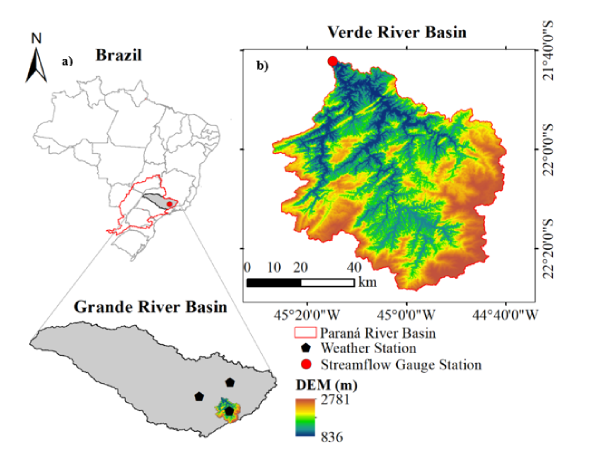Risk of exposure to metals in soil contaminated by steel industry waste for a population in Volta Redonda, RJ
Abstract
The aim of this study was to identify the risk of population’s exposure, by different exposure routes, to Zn, Ni, Cu, Cr, and Pb in the soil of a condominium. Six sampling points in three campaigns provided thirty-six soil samples, collected at two depths, one superficial, 0.20 m, and the other underground, between 2.00 and 3.00 m. The results show that the levels of metals in the condominium's soil are generally high. Children cannot withstand the same doses as adults since they are more susceptible and risk greater damage to health. The non-carcinogenic risk based on the hazard quotient (HQ) and the health index (HI) values for each exposure pathway and for each metal were observed to be less than (<) 1. The results showed an immediate carcinogenic risk by chromium ingestion for children. Nevertheless the combined effect for each exposure pathway (TCRI) for adults is close to becoming unacceptable after exposure to Cr by ingestion. The results suggest that contamination by metals is more likely to occur among children than adults at similar exposure levels. Thus, the condominium built on an area contaminated by steel industry waste raises concern, requiring the continuous monitoring of its population.
Authors maintain the copyrights for their work. However, they grant rights of first publication to Ambiente e Agua - An Interdisciplinary Journal of Applied Science. In compensation, the journal can transfer the copyrights, allowing non-commercial use of the article including the right of sending the article to other data bases or publication media. The journal uses the CC BY 4.0 license"






